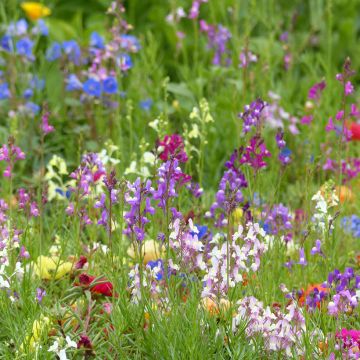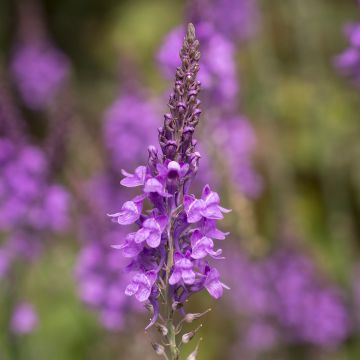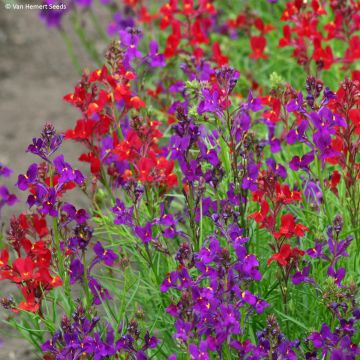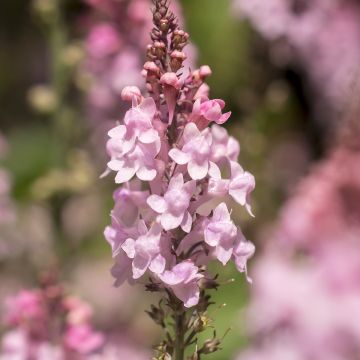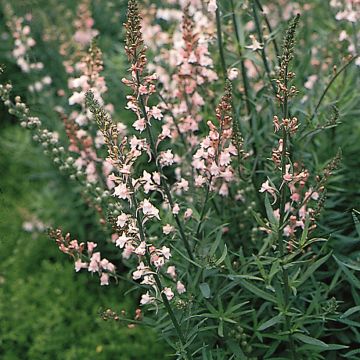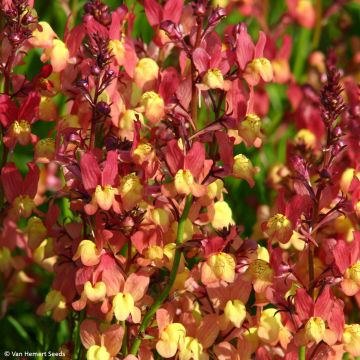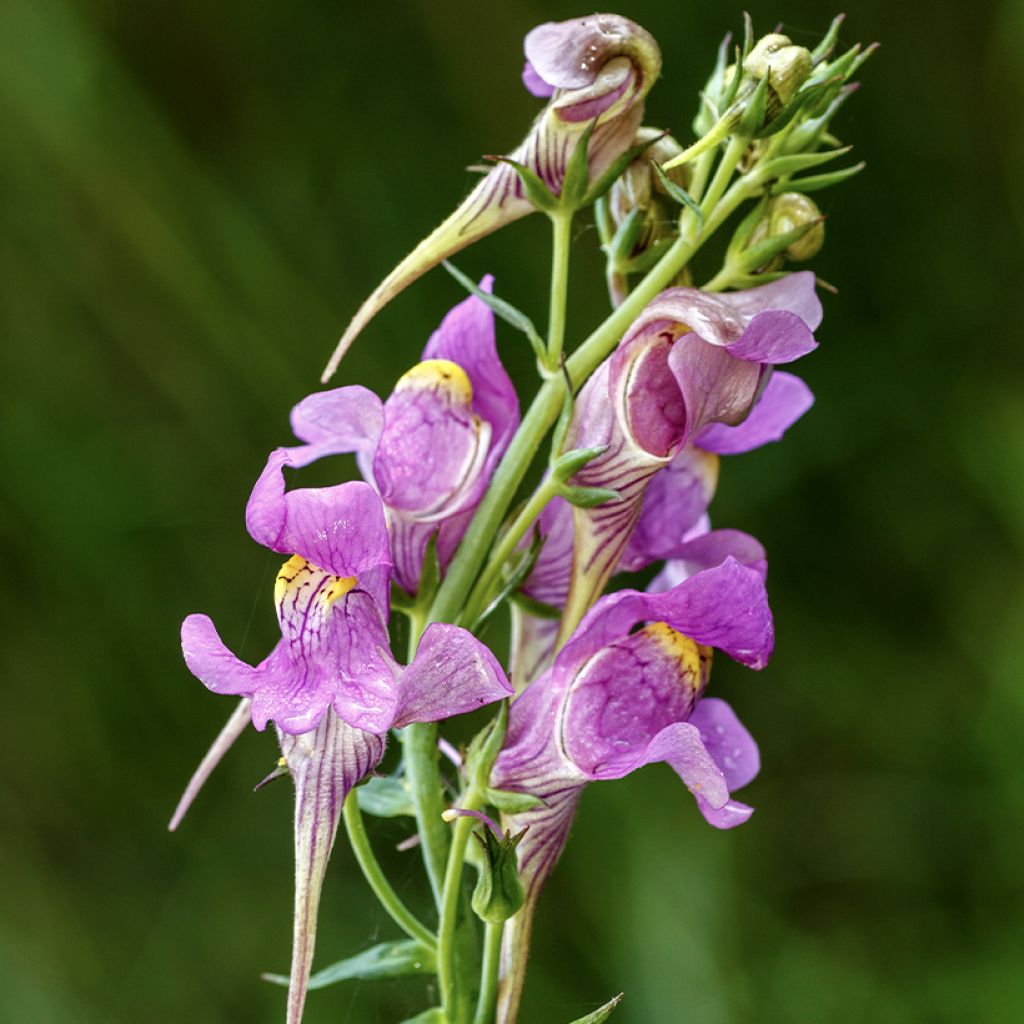

Linaria triornithophora
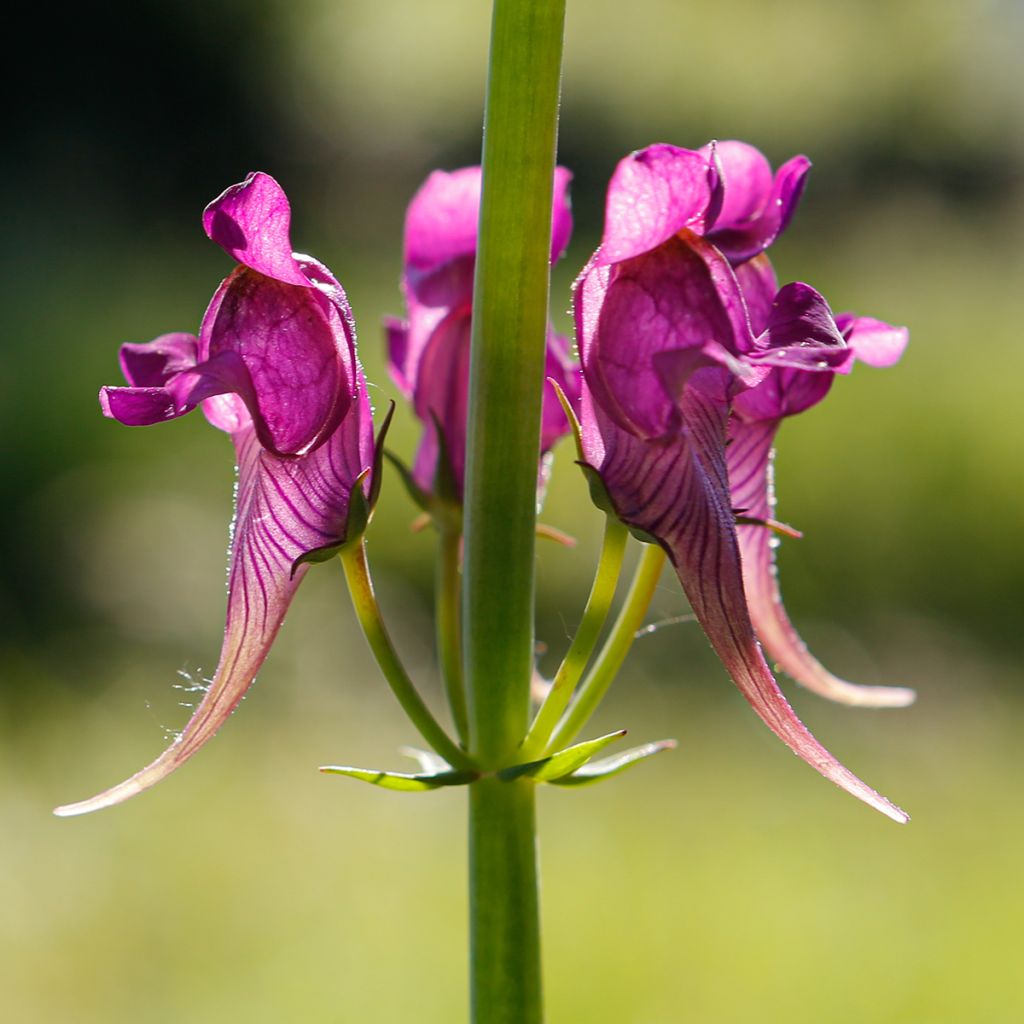

Linaria triornithophora
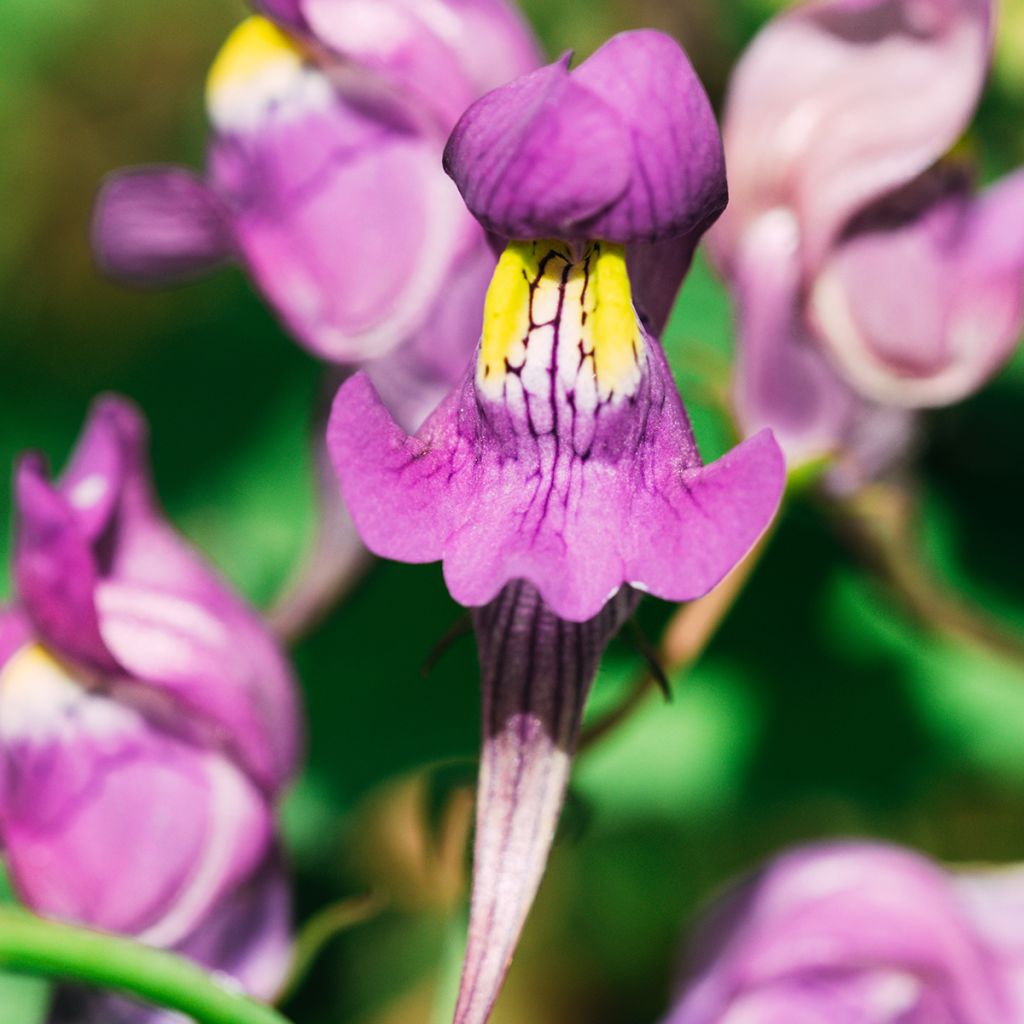

Linaria triornithophora
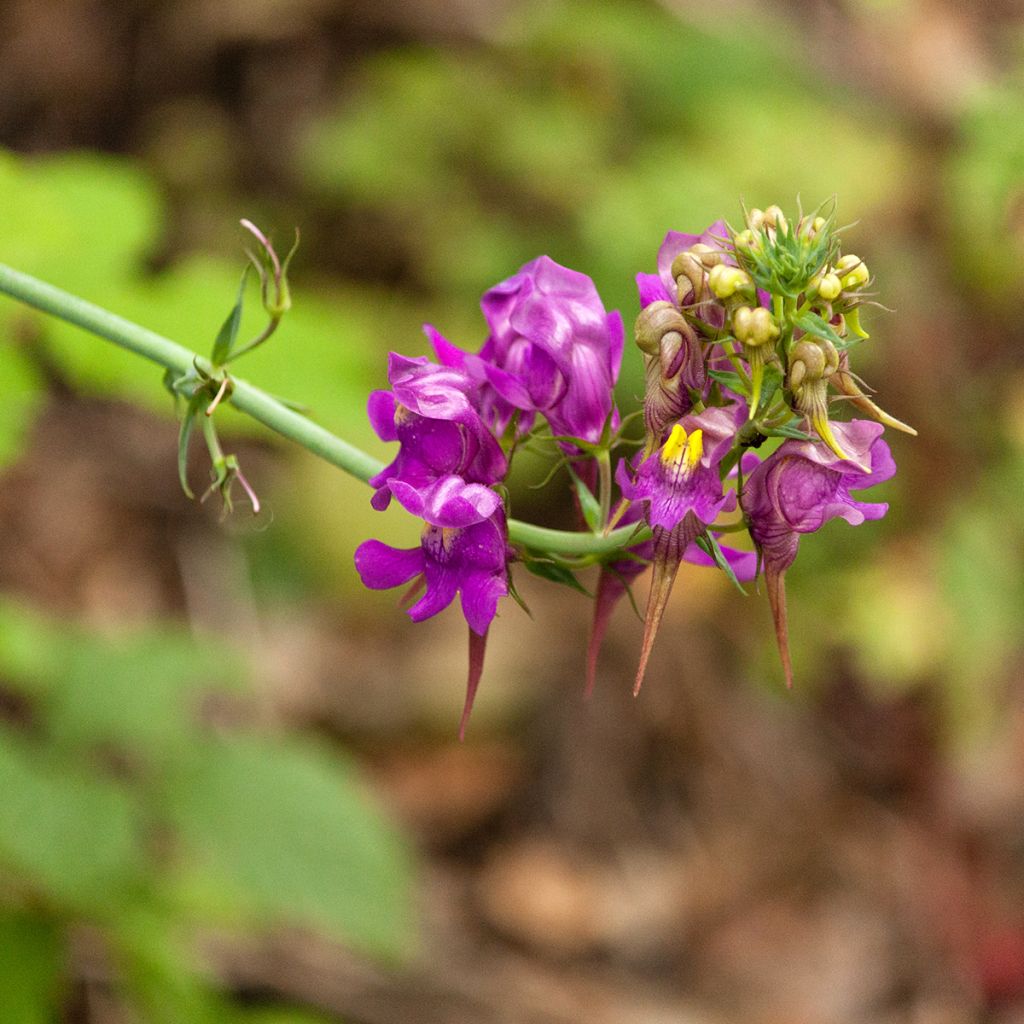

Linaria triornithophora
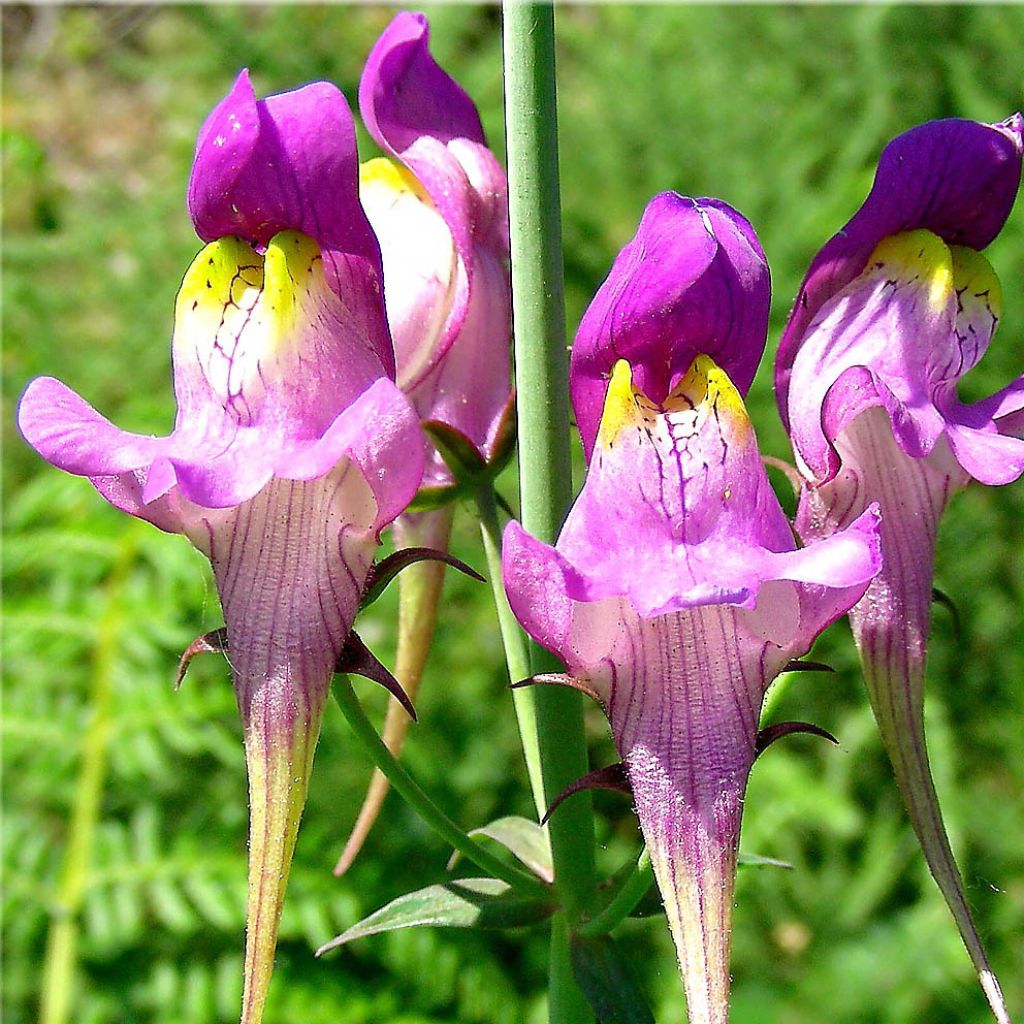

Linaria triornithophora
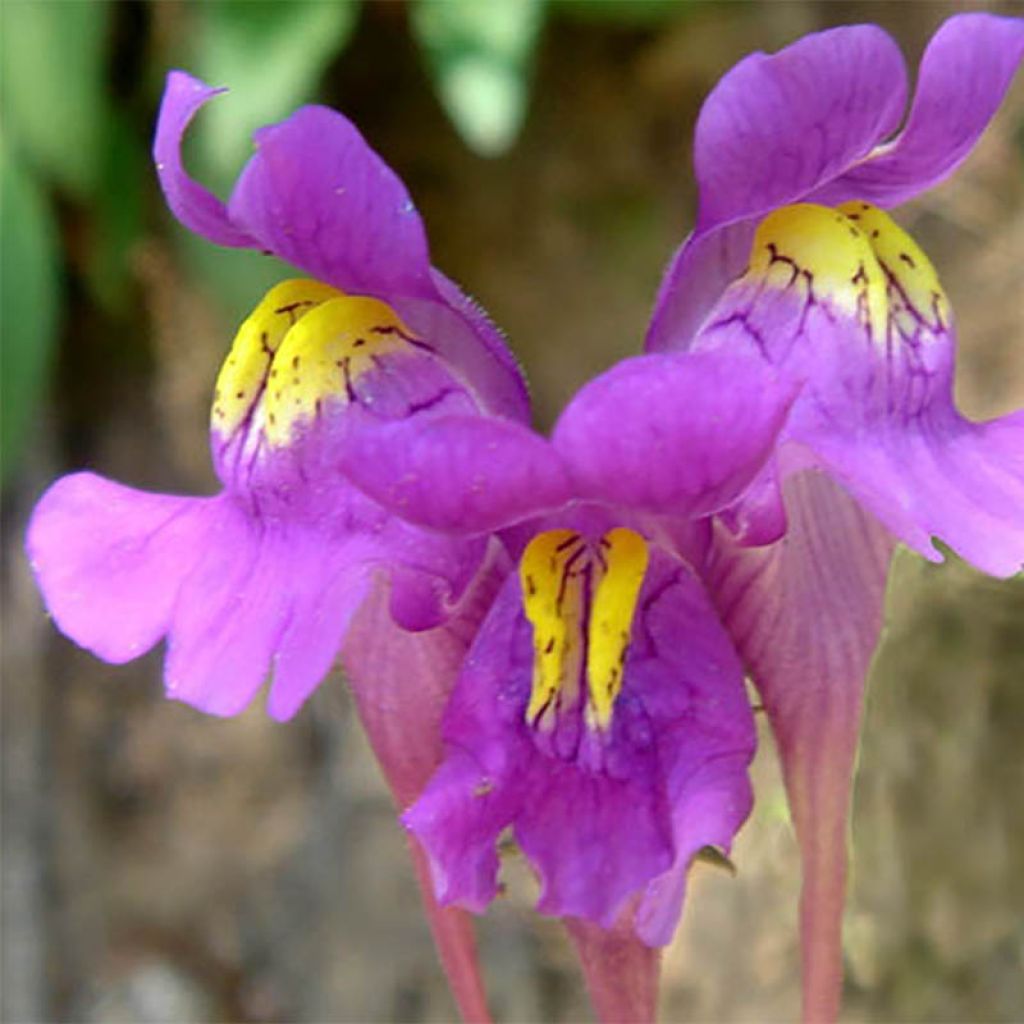

Linaria triornithophora
Linaria triornithophora
Linaria triornithophora
Three bird Toadflax
Linaria: order arrived upside down, 5 naked buckets (including 1 empty) not identifiable as labels are mixed up, in the box. Is it the content of the empty bucket that arrived? I have the photo of the 4 young plants planted whose name I do not know, in order to proceed by elimination...
Nathalie, 05/12/2022
This item cannot be shipped to the selected country
Delivery charge from €5.90
More information
Schedule delivery date,
and select date in basket
This plant carries a 12 months recovery warranty
More information
We guarantee the quality of our plants for a full growing cycle, and will replace at our expense any plant that fails to recover under normal climatic and planting conditions.
From €5.90 for pickup delivery and €6.90 for home delivery
Express home delivery from €8.90.
Does this plant fit my garden?
Set up your Plantfit profile →
Description
The Linaria triornitophora is nicknamed by English speakers "Three birds flying", which can be translated as Three birds flying Toadflax. Indeed, this absolutely charming species, perhaps the most spectacular of the toadflaxes, bears on its floral stems clusters of 3 flowers of a beautiful size for the genus, whose silhouette evokes small parakeets in flight. It is an extremely floriferous and truly undemanding plant, able to bloom from spring to autumn. Invite it into your garden, its tenderly exotic flowers will accompany both romantic roses and tough plants for dry soil.
The Linaria triornitophora belongs to the family Plantaginaceae or Scrophulariaceae in the old botanical classifications. It is a cousin of snapdragons to which it bears a resemblance in its flowering. This species, quite rare in cultivation, is native to Spain and Portugal. It is a perennial plant by its root, whose life is relatively short, particularly in clay soils; its roots are sensitive to cold and wet conditions which cause them to rot. In our very rainy climates and heavy soils, it behaves more like a biennial. The toadflax easily self-perpetuates through spontaneous sowing, without becoming invasive. Its tolerance to dry cold, limestone, and summer drought is good.
The Three birds flying Toadflax first forms a tuft of leafy stems with a gracefully upright habit, slightly spreading, quickly reaching between 40 and 60 cm (16 and 24in) in height and 40 cm (16in) in spread at the base. The glaucous cylindrical stems bear small ovate and pointed leaves of a tender green colour. Regularly arranged in whorls around the stem, this foliage is mostly deciduous in winter. The flowering takes place on plants aged 2 years or more. It is renewed for long weeks between April and October if you take care to regularly remove faded inflorescences. In case of a very dry summer, it dries up and resumes in September, with the return of rain. The flowers open at the top of the stems, upright on long peduncles, grouped in 3. These are flowers swollen with 2-lipped varying from violet to purple, with a long spur pointing downwards. The throat is tinged with white and more or less orange-yellow. Of a good size for a toadflax, they measure up to 6 cm (2in) in length. Fruits follow the flowers, which are very visited by pollinating insects. These are capsules containing numerous small seeds that spontaneously self-sow in light soil.
The toadflax brings height and incredible lightness to flower and low shrub beds. It goes well with herbaceous clematis, grasses (Miscanthus, Stipa, Eragrostis, Muhlenbergia capillaris) as well as bush or shrub roses. It also blends with lavenders, catmints, gauras, caryopteris, and shrub salvias in a very airy scene that remains interesting late in the season. In a bed with the appearance of a flowery meadow, associate it with cornflowers, cosmos, poppies, snapdragons, and sainfoin.
Report an error about the product description
Linaria triornithophora in pictures
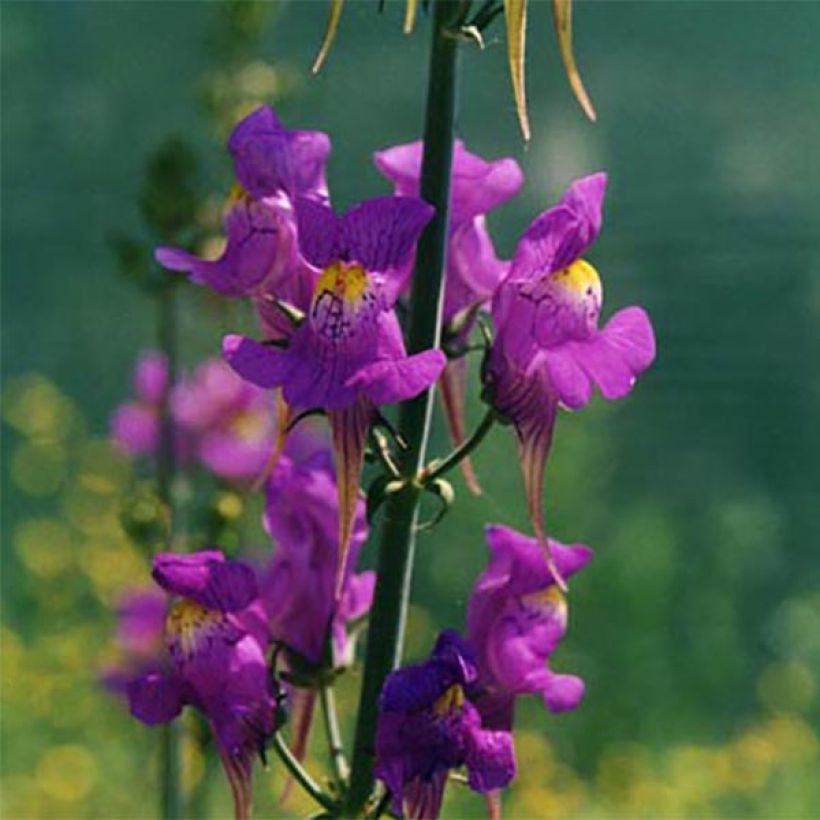

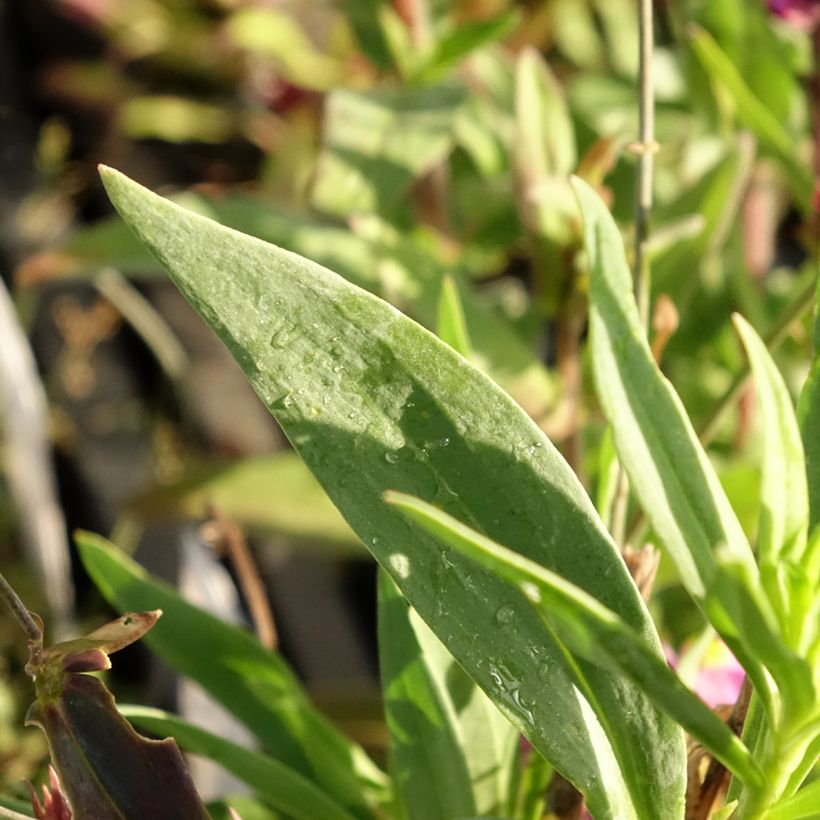

Flowering
Foliage
Plant habit
Botanical data
Linaria
triornithophora
Plantaginaceae (Scrophulariaceae)
Three bird Toadflax
Southern Europe
Other Linaria - Toadflax
Planting and care
In general, this flax prefers a light, porous, and very well-drained soil. Limestone is well tolerated. It likes the sun, but will appreciate some shade in the afternoon, especially in our hottest regions. This species is capable of self-seeding in various places in the garden, especially where there is gravel on the surface. Although it prefers rather dry soils and sunny spots, this flax can live for several years on the edge of a shady, damp woodland, but in regions where the winter is mild enough.
Planting period
Intended location
Care
-
, onOrder confirmed
Reply from on Promesse de fleurs
Haven't found what you were looking for?
Hardiness is the lowest winter temperature a plant can endure without suffering serious damage or even dying. However, hardiness is affected by location (a sheltered area, such as a patio), protection (winter cover) and soil type (hardiness is improved by well-drained soil).

Photo Sharing Terms & Conditions
In order to encourage gardeners to interact and share their experiences, Promesse de fleurs offers various media enabling content to be uploaded onto its Site - in particular via the ‘Photo sharing’ module.
The User agrees to refrain from:
- Posting any content that is illegal, prejudicial, insulting, racist, inciteful to hatred, revisionist, contrary to public decency, that infringes on privacy or on the privacy rights of third parties, in particular the publicity rights of persons and goods, intellectual property rights, or the right to privacy.
- Submitting content on behalf of a third party;
- Impersonate the identity of a third party and/or publish any personal information about a third party;
In general, the User undertakes to refrain from any unethical behaviour.
All Content (in particular text, comments, files, images, photos, videos, creative works, etc.), which may be subject to property or intellectual property rights, image or other private rights, shall remain the property of the User, subject to the limited rights granted by the terms of the licence granted by Promesse de fleurs as stated below. Users are at liberty to publish or not to publish such Content on the Site, notably via the ‘Photo Sharing’ facility, and accept that this Content shall be made public and freely accessible, notably on the Internet.
Users further acknowledge, undertake to have ,and guarantee that they hold all necessary rights and permissions to publish such material on the Site, in particular with regard to the legislation in force pertaining to any privacy, property, intellectual property, image, or contractual rights, or rights of any other nature. By publishing such Content on the Site, Users acknowledge accepting full liability as publishers of the Content within the meaning of the law, and grant Promesse de fleurs, free of charge, an inclusive, worldwide licence for the said Content for the entire duration of its publication, including all reproduction, representation, up/downloading, displaying, performing, transmission, and storage rights.
Users also grant permission for their name to be linked to the Content and accept that this link may not always be made available.
By engaging in posting material, Users consent to their Content becoming automatically accessible on the Internet, in particular on other sites and/or blogs and/or web pages of the Promesse de fleurs site, including in particular social pages and the Promesse de fleurs catalogue.
Users may secure the removal of entrusted content free of charge by issuing a simple request via our contact form.
The flowering period indicated on our website applies to countries and regions located in USDA zone 8 (France, the United Kingdom, Ireland, the Netherlands, etc.)
It will vary according to where you live:
- In zones 9 to 10 (Italy, Spain, Greece, etc.), flowering will occur about 2 to 4 weeks earlier.
- In zones 6 to 7 (Germany, Poland, Slovenia, and lower mountainous regions), flowering will be delayed by 2 to 3 weeks.
- In zone 5 (Central Europe, Scandinavia), blooming will be delayed by 3 to 5 weeks.
In temperate climates, pruning of spring-flowering shrubs (forsythia, spireas, etc.) should be done just after flowering.
Pruning of summer-flowering shrubs (Indian Lilac, Perovskia, etc.) can be done in winter or spring.
In cold regions as well as with frost-sensitive plants, avoid pruning too early when severe frosts may still occur.
The planting period indicated on our website applies to countries and regions located in USDA zone 8 (France, United Kingdom, Ireland, Netherlands).
It will vary according to where you live:
- In Mediterranean zones (Marseille, Madrid, Milan, etc.), autumn and winter are the best planting periods.
- In continental zones (Strasbourg, Munich, Vienna, etc.), delay planting by 2 to 3 weeks in spring and bring it forward by 2 to 4 weeks in autumn.
- In mountainous regions (the Alps, Pyrenees, Carpathians, etc.), it is best to plant in late spring (May-June) or late summer (August-September).
The harvesting period indicated on our website applies to countries and regions in USDA zone 8 (France, England, Ireland, the Netherlands).
In colder areas (Scandinavia, Poland, Austria...) fruit and vegetable harvests are likely to be delayed by 3-4 weeks.
In warmer areas (Italy, Spain, Greece, etc.), harvesting will probably take place earlier, depending on weather conditions.
The sowing periods indicated on our website apply to countries and regions within USDA Zone 8 (France, UK, Ireland, Netherlands).
In colder areas (Scandinavia, Poland, Austria...), delay any outdoor sowing by 3-4 weeks, or sow under glass.
In warmer climes (Italy, Spain, Greece, etc.), bring outdoor sowing forward by a few weeks.

































